
Laptops have become essential tools in our daily lives. We carry them everywhere, work on them for hours, and trust them with our most important data. Yet many laptop owners overlook a silent threat that could damage their device or even create safety hazards. Laptop batteries can develop serious problems over time, especially with heavy use and improper care.
More than being an inconvenience, a swollen is a warning sign demanding immediate action. Understanding what causes battery swelling and how to spot early warning signs can save your laptop and prevent potentially dangerous situations.
Related: Laptop Won't Power Up? Try These 11 Effective Solutions
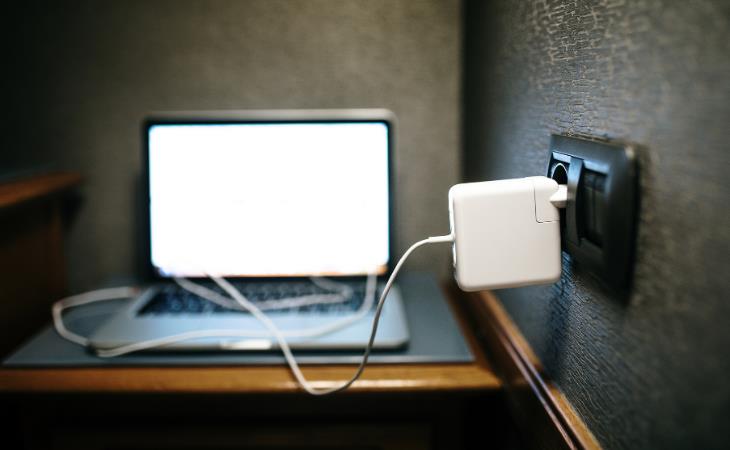
Keeping a device plugged in after it has reached full charge and frequently charging it to 100% are common reasons for battery swelling. While lithium-ion batteries are designed to stop drawing power when fully charged, a continuous power supply keeps them at full capacity, which can disrupt chemical reactions inside the battery. This buildup of gases can cause the battery to expand.
To prevent this, enable your device's "smart charging" feature if available. This limits charging beyond 80%, reducing strain on the battery. If your device doesn’t have this option, unplug it when the battery reaches around 80-90%. Avoid charging overnight or leaving it plugged in for prolonged periods.
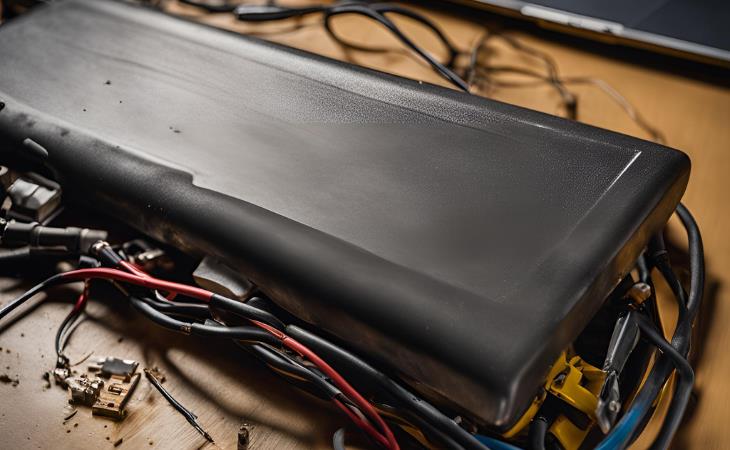
Letting a battery drain too much can be just as harmful as overcharging. When lithium-ion batteries drop below a certain threshold, copper plating can form on the electrodes, reducing capacity and increasing the risk of swelling over time. This process also increases internal resistance, which generates excess heat and further damages the battery.
To avoid deep discharging, try not to let your battery level fall below 20%. Charge your device when it reaches this point. If you need to use a laptop unplugged for a long period, enable power-saving mode to slow down battery drain. Also, avoid leaving a device in sleep mode for days at a time, as this can cause the charge to drop dangerously low.
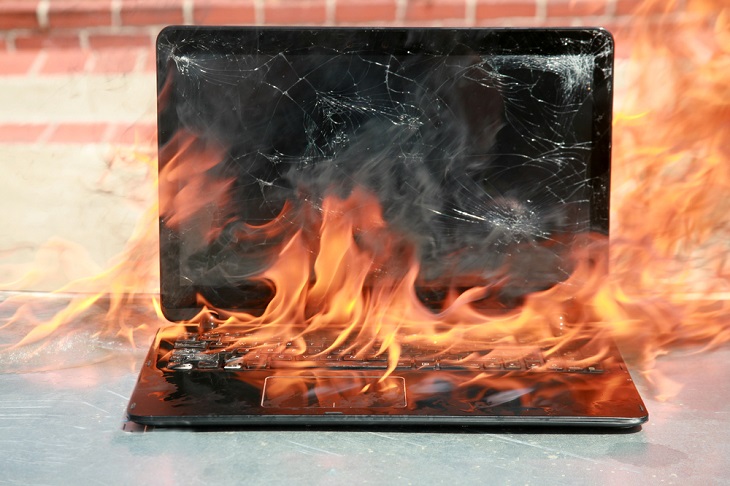
Exposing a battery to excessive heat speeds up internal chemical reactions, leading to gas buildup and swelling. Similarly, high humidity can cause condensation inside the battery, increasing the risk of short circuits.
To protect your battery, keep your device away from direct sunlight and avoid charging it in hot environments. If you’re near water sources, use a protective case to keep moisture out. Storing silica gel packs in your laptop bag can also help absorb excess humidity and prevent condensation buildup.
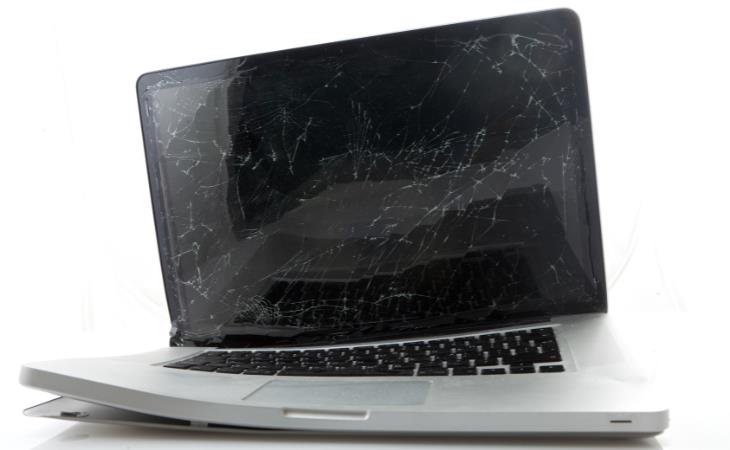
Dropping a device or subjecting it to strong impacts can compromise the protective layers of the battery. If the casing is punctured or cracked, it exposes the battery to air and moisture, which can disrupt its chemical stability. This may lead to gas buildup, unexpected swelling, or even fires in extreme cases.
To avoid these risks, handle your devices with care. Don’t overfill bags with heavy objects that could put pressure on your laptop. Keep it in a padded case when traveling to prevent accidental damage from bumps or drops.
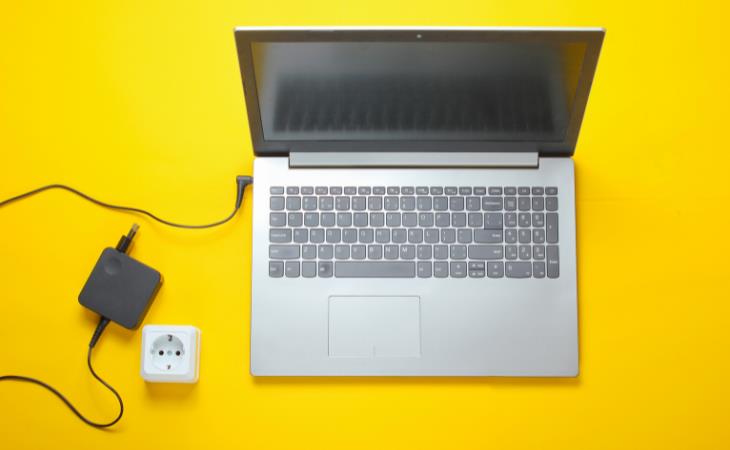
Using a cheap or counterfeit charger can also lead to battery swelling. These chargers often fail to regulate voltage and current properly, placing extra stress on the battery. Over time, this can cause overheating and chemical imbalances that accelerate swelling.
To ensure safety, always use original chargers and cables recommended by the manufacturer. If you need a replacement, opt for certified third-party chargers that meet safety standards. Regularly check your charger and cables for any signs of damage, and replace them immediately if they appear worn out.
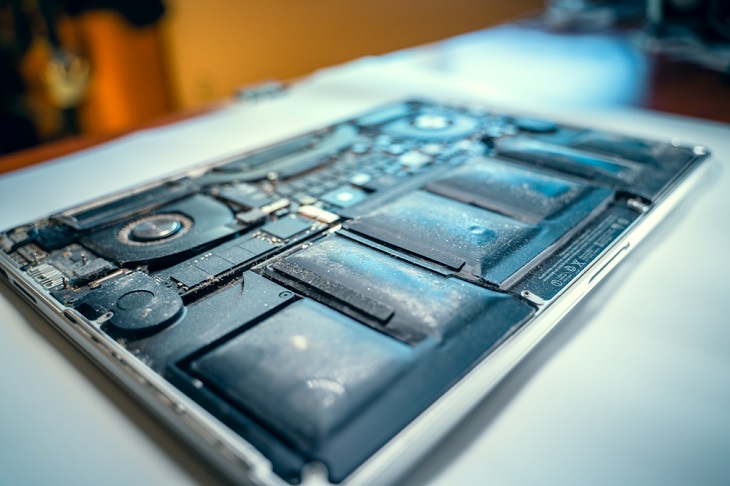
As a battery goes through countless charge and discharge cycles, its internal components gradually break down. This natural aging process reduces efficiency, increases internal resistance, and leads to excess gas buildup. If too much gas accumulates inside the sealed casing, the battery can overheat and expand.
While battery aging is inevitable, proper care can slow it down. Keeping your charge level between 20-80%, avoiding extreme heat, and using high-quality chargers can help extend battery life. Stick to manufacturer-approved chargers and protect the battery from excessive heat, moisture, and physical impact to extend its lifespan.
Related: 6 Ways You're Killing Your PC Without Realizing It
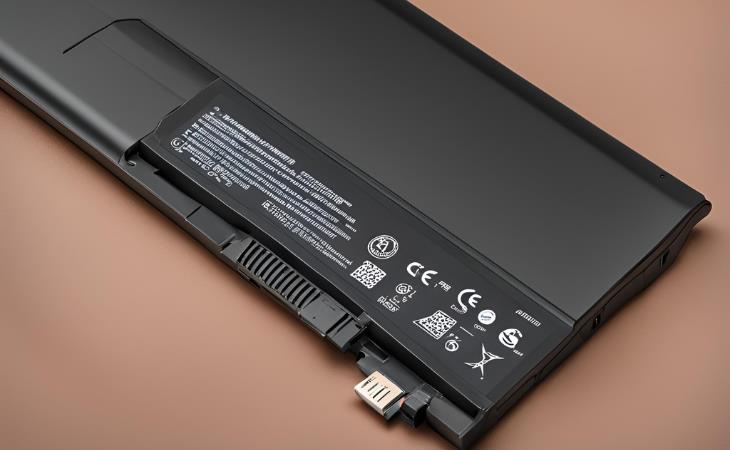
Sometimes, a battery may have factory defects that make it prone to swelling, even if it's relatively new. Issues like poor sealing, substandard chemical mixtures, or faulty internal components can create unstable conditions inside the battery. This instability may lead to overheating, reduced performance, or, in some cases, dangerous swelling.
Buy batteries from well-known brands or authorized sellers to avoid this. Cheap third-party replacements may not meet safety standards, increasing the risk of swelling or even fire hazards. If a new battery drains too fast, takes unusually long to charge, or behaves erratically, consider replacing it before it worsens.
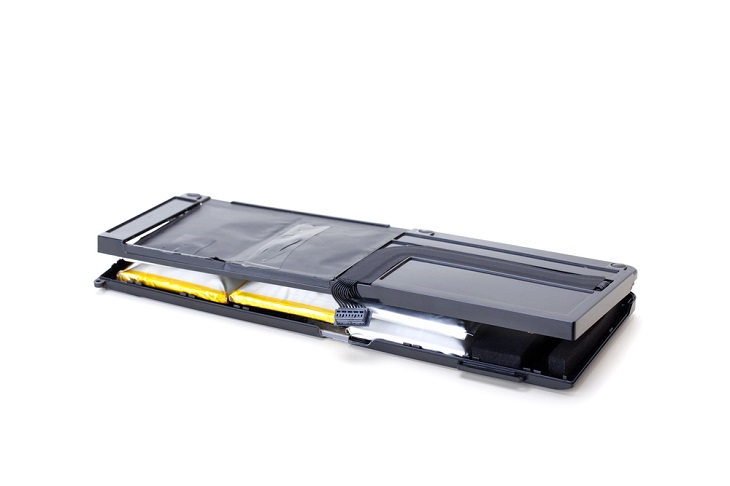
Modern devices have built-in systems that regulate battery health by controlling charging cycles, voltage, and temperature. If this system malfunctions, it can lead to improper charging, excessive heat buildup, or uneven power distribution—any of which can put stress on the battery and cause it to swell.
Signs of a faulty battery management system include inaccurate charge readings, overheating, or error messages related to power. If you notice any of these, getting your device checked by a technician is a smart move. Additionally, performing battery calibration periodically can help keep the system functioning properly.
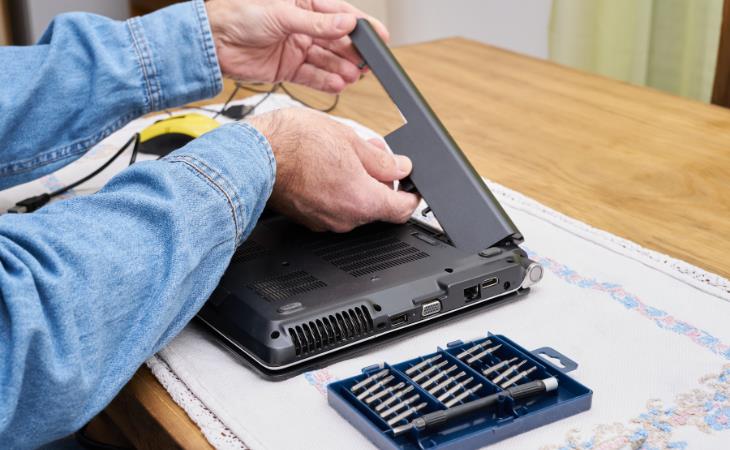
Repairing or replacing a battery incorrectly can lead to long-term damage. Mistakes such as using the wrong tools, applying too much pressure, exposing the battery to extreme temperatures, or failing to install it correctly may all contribute to swelling. Over-tightened screws or improper sealing can also put unnecessary stress on the battery.
Always rely on manufacturer-approved repair services to prevent these issues. If that’s not an option, seek help from a certified technician rather than attempting repairs on your own. If you must replace the battery yourself, follow official guides carefully and use the correct tools to avoid unintentional damage.
Related: Avoid These Mistakes to Extend the Life of Your Gadgets
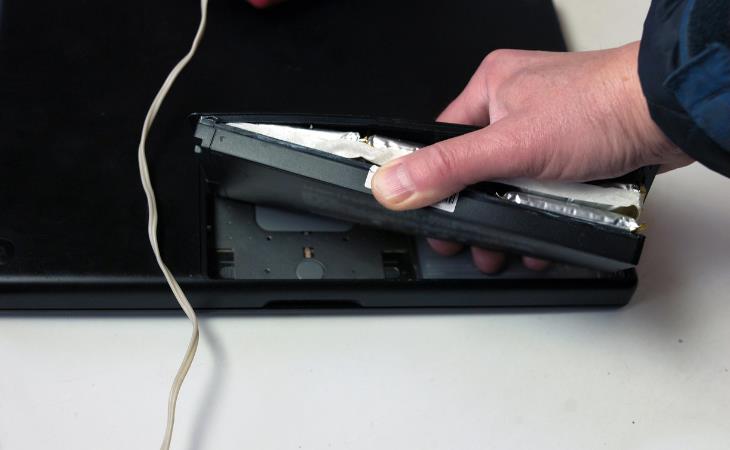
A swollen battery is a serious issue that should be handled with care. If you notice any bulging or unusual warping, stop using the device immediately. Continuing to charge or use a swollen battery increases the risk of overheating, leaks, or even fires.
Here are a few steps to follow:
Regularly inspecting your laptop battery and following best practices can help keep your device in top condition and prevent unexpected failures. If you notice any warning signs, act quickly to avoid potential damage or safety hazards.